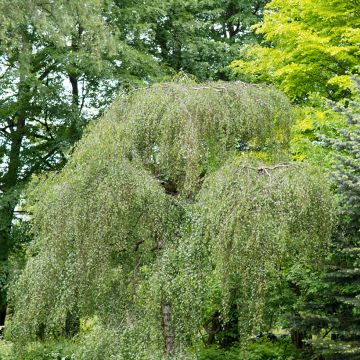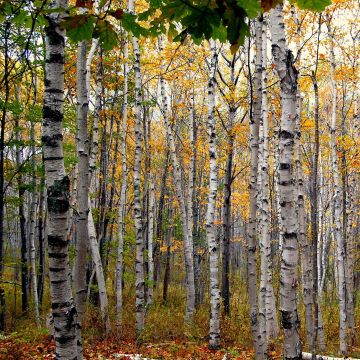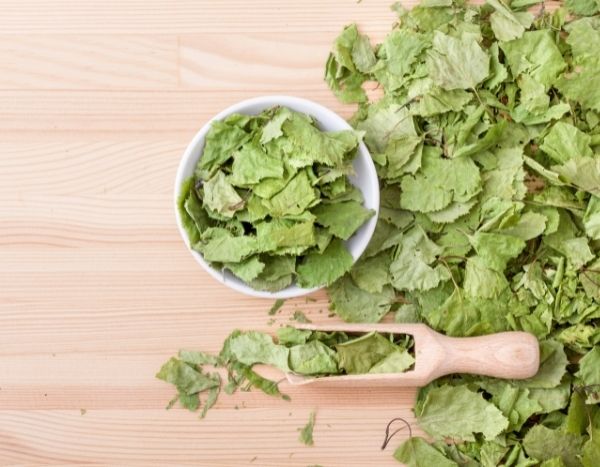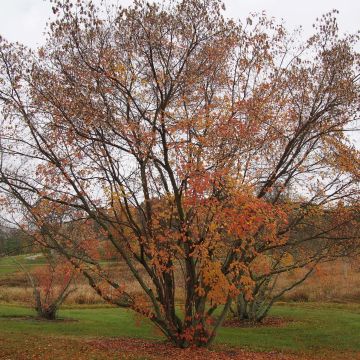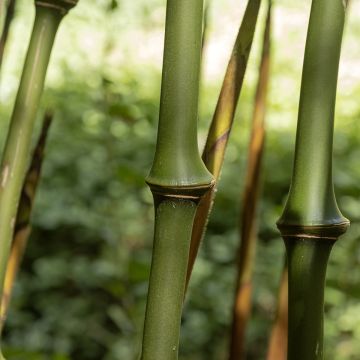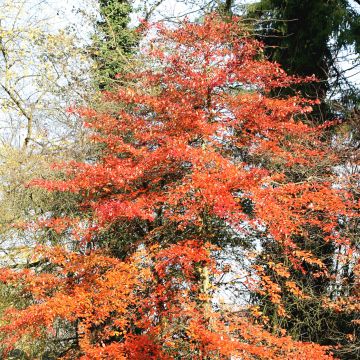

Betula pendula Crispa - Birch


Betula pendula Crispa - Birch
Betula pendula Crispa - Birch
Betula pendula Crispa
Silver Birch, European White Birch, Weeping Birch
Special offer!
Receive a €20 voucher for any order over €90 (excluding delivery costs, credit notes, and plastic-free options)!
1- Add your favorite plants to your cart.
2- Once you have reached €90, confirm your order (you can even choose the delivery date!).
3- As soon as your order is shipped, you will receive an email containing your voucher code, valid for 3 months (90 days).
Your voucher is unique and can only be used once, for any order with a minimum value of €20, excluding delivery costs.
Can be combined with other current offers, non-divisible and non-refundable.
Why not try an alternative variety in stock?
View all →This plant carries a 24 months recovery warranty
More information
We guarantee the quality of our plants for a full growing cycle, and will replace at our expense any plant that fails to recover under normal climatic and planting conditions.
Would this plant suit my garden?
Set up your Plantfit profile →
Description
Betula pendula 'Crispa', discovered in southern Sweden in 1967, is a very beautiful form of the weeping birch. Elegant with its narrow and slender habit, it has finely laciniate foliage; the majestic, somewhat ghostly shape, has almost transparent curtains of leaves. Growing on a straight trunk, very white when young and darkening with age, it is a beautiful specimen on a lawn.
Native mainly to central Europe and temperate Asia, Betula pendula (syn. verrucosa), or weeping birch, is a large tree belonging to the Betulaceae family. This extremely cold-resistant species has a natural pyramidal habit with a more or less straight trunk, and an oval canopy of long branches with trailing branchlets. Its annual growth is approximately 35 cm (13.8 in) in height and 20 cm (7.9 in) in spread. 'Crispa', a naturally occurring form selected for cultivation, is primarily distinguished by its smaller, thinner, deeply incised leaves ending in a long point.
The tree will reach an average height of 12 m (39 ft 5 in) with a spread of 6 m (19.5ft). The (sometimes multiple) trunk and main branches are covered with a slightly peeling white bark. Over time, on older trunks or branches, it becomes almost black in colour, very rough in texture and developing deep crevices. The branchlets are reddish-brown and dotted with warty lenticels. The deciduous foliage, with almost laciniate leaves, 6 to 10 cm (2.4 to 3.9 in) in length, irregularly toothed along the edges, is fairly dark green and shiny. The leaves turn a beautiful pale yellow before falling. The inconspicuous blooms occur in March-April in the form of yellow-green catkins.
The 'Crispa' Weeping Birch is a majestic tree, quite fantastic in winter when mature, very hardy and resistant to diseases. It tolerates any type of soil that is not too dry or too chalky and requires a sunny or partially shaded position. It will have a most beautiful effect when planted as a specimen, in rows, as a hedge, or in a group of trees selected for their foliage or decorative bark, such as Acer griseum or Betula albosinensis. There's no shortage of possible combinations, to suit every gardener's taste: with maples, a Nysa sylvatica, a sweet gum tree, a Chinese mahogany, or even a white willow.
Betula pendula Crispa - Birch in pictures


Plant habit
Flowering
Foliage
Safety measures
Botanical data
Betula
pendula
Crispa
Betulaceae
Silver Birch, European White Birch, Weeping Birch
Northern Europe
atteinterespiratoire
Cette plante peut entraîner des symptômes allergiques.
Evitez de la planter si vous ou vos proches souffrez de rhinite saisonnière ("rhume des foins").
Davantage d'informations sur https://plantes-risque.info
Other Betula - Birch tree
View all →Planting and care
Easy to cultivate, the Weeping Birch requires little maintenance and does not need pruning. Plant it preferably in a soil that is quite moist, low in lime, humus-rich, and slightly acidic to obtain beautiful foliage colours; it will also do well in neutral to slightly alkaline soil, in full sun or partial shade. It tolerates clayey, loamy, sandy, peaty and nutrient-poor soils well. This tree produces numerous shallow roots that can hinder the growth of other plants under its canopy, by drying out and depleting the soil. It does not tolerate sea spray well.
Planting period
Intended location
Care
Planting & care advice
This item has not been reviewed yet - be the first to leave a review about it.
Similar products
Haven't found what you were looking for?
Hardiness is the lowest winter temperature a plant can endure without suffering serious damage or even dying. However, hardiness is affected by location (a sheltered area, such as a patio), protection (winter cover) and soil type (hardiness is improved by well-drained soil).

Photo Sharing Terms & Conditions
In order to encourage gardeners to interact and share their experiences, Promesse de fleurs offers various media enabling content to be uploaded onto its Site - in particular via the ‘Photo sharing’ module.
The User agrees to refrain from:
- Posting any content that is illegal, prejudicial, insulting, racist, inciteful to hatred, revisionist, contrary to public decency, that infringes on privacy or on the privacy rights of third parties, in particular the publicity rights of persons and goods, intellectual property rights, or the right to privacy.
- Submitting content on behalf of a third party;
- Impersonate the identity of a third party and/or publish any personal information about a third party;
In general, the User undertakes to refrain from any unethical behaviour.
All Content (in particular text, comments, files, images, photos, videos, creative works, etc.), which may be subject to property or intellectual property rights, image or other private rights, shall remain the property of the User, subject to the limited rights granted by the terms of the licence granted by Promesse de fleurs as stated below. Users are at liberty to publish or not to publish such Content on the Site, notably via the ‘Photo Sharing’ facility, and accept that this Content shall be made public and freely accessible, notably on the Internet.
Users further acknowledge, undertake to have ,and guarantee that they hold all necessary rights and permissions to publish such material on the Site, in particular with regard to the legislation in force pertaining to any privacy, property, intellectual property, image, or contractual rights, or rights of any other nature. By publishing such Content on the Site, Users acknowledge accepting full liability as publishers of the Content within the meaning of the law, and grant Promesse de fleurs, free of charge, an inclusive, worldwide licence for the said Content for the entire duration of its publication, including all reproduction, representation, up/downloading, displaying, performing, transmission, and storage rights.
Users also grant permission for their name to be linked to the Content and accept that this link may not always be made available.
By engaging in posting material, Users consent to their Content becoming automatically accessible on the Internet, in particular on other sites and/or blogs and/or web pages of the Promesse de fleurs site, including in particular social pages and the Promesse de fleurs catalogue.
Users may secure the removal of entrusted content free of charge by issuing a simple request via our contact form.
The flowering period indicated on our website applies to countries and regions located in USDA zone 8 (France, the United Kingdom, Ireland, the Netherlands, etc.)
It will vary according to where you live:
- In zones 9 to 10 (Italy, Spain, Greece, etc.), flowering will occur about 2 to 4 weeks earlier.
- In zones 6 to 7 (Germany, Poland, Slovenia, and lower mountainous regions), flowering will be delayed by 2 to 3 weeks.
- In zone 5 (Central Europe, Scandinavia), blooming will be delayed by 3 to 5 weeks.
In temperate climates, pruning of spring-flowering shrubs (forsythia, spireas, etc.) should be done just after flowering.
Pruning of summer-flowering shrubs (Indian Lilac, Perovskia, etc.) can be done in winter or spring.
In cold regions as well as with frost-sensitive plants, avoid pruning too early when severe frosts may still occur.
The planting period indicated on our website applies to countries and regions located in USDA zone 8 (France, United Kingdom, Ireland, Netherlands).
It will vary according to where you live:
- In Mediterranean zones (Marseille, Madrid, Milan, etc.), autumn and winter are the best planting periods.
- In continental zones (Strasbourg, Munich, Vienna, etc.), delay planting by 2 to 3 weeks in spring and bring it forward by 2 to 4 weeks in autumn.
- In mountainous regions (the Alps, Pyrenees, Carpathians, etc.), it is best to plant in late spring (May-June) or late summer (August-September).
The harvesting period indicated on our website applies to countries and regions in USDA zone 8 (France, England, Ireland, the Netherlands).
In colder areas (Scandinavia, Poland, Austria...) fruit and vegetable harvests are likely to be delayed by 3-4 weeks.
In warmer areas (Italy, Spain, Greece, etc.), harvesting will probably take place earlier, depending on weather conditions.
The sowing periods indicated on our website apply to countries and regions within USDA Zone 8 (France, UK, Ireland, Netherlands).
In colder areas (Scandinavia, Poland, Austria...), delay any outdoor sowing by 3-4 weeks, or sow under glass.
In warmer climes (Italy, Spain, Greece, etc.), bring outdoor sowing forward by a few weeks.
































